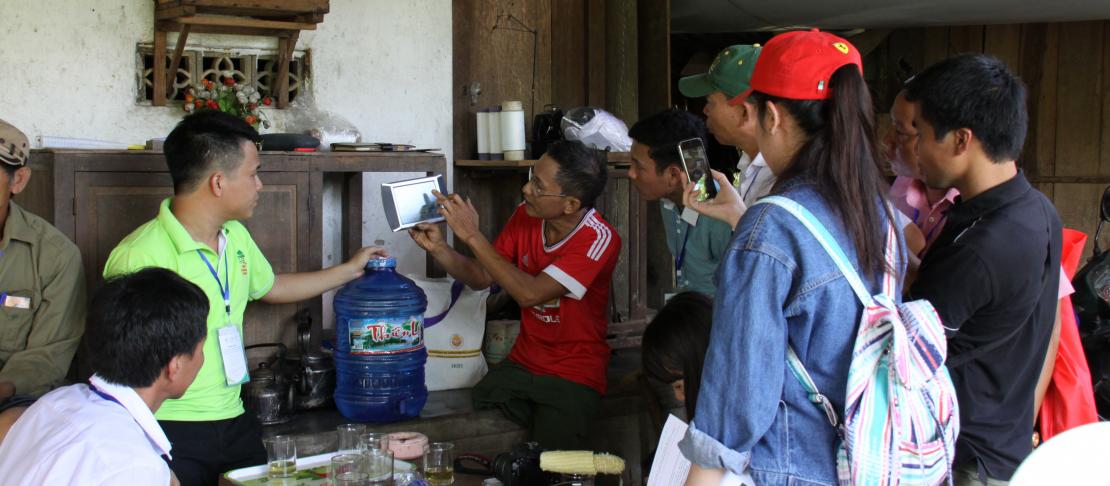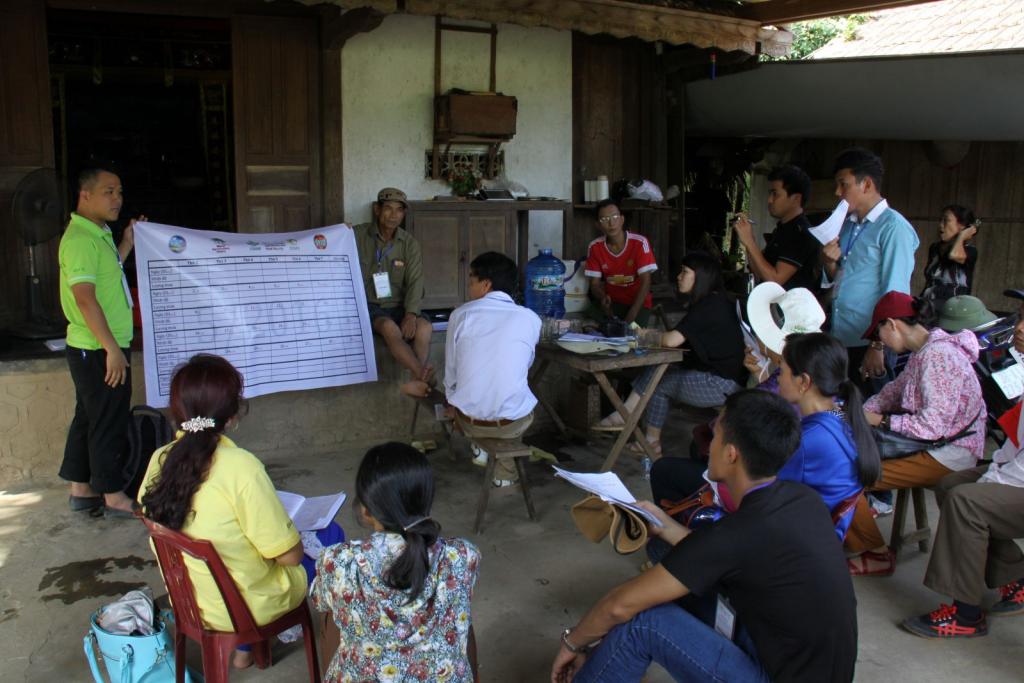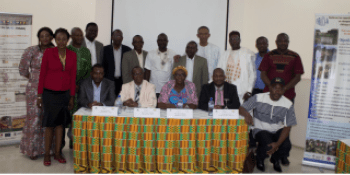Farmers, agricultural advisors need more detailed, area-specific climate information for climate-smart farming

Climate and weather forecasts all have their strengths and limitations that farmers and agricultural advisors need to be aware of.
This is an excerpt of the original blog story, Why pay for a weather forecast if it’s free online?, first published on the World Agroforestry Centre (ICRAF) blog.
Farmers rely on experience and weather forecasts to make decisions for their farm managements. Although a number of organizations and agencies offer agro-climatic information, many lack the details to be useful for farmers. Over 95% of 400 interviewed farmers in Dien Bien and Ha Tinh province of Vietnam get weather forecasts from the provincial television, which are often given with a few days of lead time and may not cover the geographic variations in upland areas.
There is therefore a need to improve climate services and forecasts in a bid to help farmers improve their productivity and respond proactively to changes in the climate. Their previous experiences would prove to be an inaccurate source of information for decision-making of farmers, especially in the light of climate change. Relying on daily observations of the weather would also not provide them enough lead time to implement appropriate adaptive and mitigating measures.
Improved daily weather forecasts would help them identify which management practices to implement, while seasonal forecasts and agro-advisories inform farmers which crops could be planted during a specific period of time. However, such services would cost money to establish and maintain.
Mr Thai from the My Loi CSV explains to other CSV leaders how he writes the temperature and rainfall records for the other villagers to see. This is essential for providing accurate climate information to the farmers. Photo: Minh Tuan Duong/ICRAF
Researchers from the World Agroforestry Centre (ICRAF) and CARE Vietnam surveyed 400 male and female farmers in Ha Tinh province to find out whether they would be willing to pay for more detailed, area-specific climate information. This study was done as a part of the project, Using Information to Enhance the Adaptive Capacity of Women and Ethnic Minorities in Southeast Asia, under the CGIAR Research Program on Climate Change, Agriculture and Food Security.
“Sixty percent of the farmers said they were willing to pay for seasonal weather forecasts that included agricultural advice. But when asked how much, only half of them were prepared to pay up to USD 1 a month,” according to Elisabeth Simelton, an ICRAF scientist. So, as more and more farmers have access to internet and smartphones, could farmers use free online services, such as AccuWeather, Windyty, or even that of the national meteorological office?
For two months, the research team compared the forecasts from AccuWeather, Windyty and the National Hydrometeorological Service (NHMS) against the actual weather observations in My Loi climate-smart village, Ha Tinh province. They found that temperature forecasts were generally under-predicted, and that forecasts in general became less trustworthy after only two days’ lead time.
As no singles source could sufficiently forecast all weather aspects at all given lead times, it is important to communicate to communities and other information users, including agricultural advisors, the limitations and uncertainties of these forecasts. As studied, it would have to be identified which services would be accurate for forecasting rainfall and temperature (both during normal conditions and during extreme weather conditions such as drought) would be especially helpful in the decision-making of farmers. Researchers and other organizations can help in this respect.
An Info Note on this topic was published here: Which forecast represents the local weather best?: Preliminary case study findings from My Loi village, northcentral Vietnam. Read it for more in-depth discussion of the three weather services.
Read the original story by Elisabeth Simelton on the ICRAF blog: Why pay for a weather forecast if it’s free online?
Read more:
- Weather information systems too complicated for farmers?
- Collaboration brings focused agricultural advice to farmers in Ha Tinh, Vietnam
- One Health, many tools for forecasting climate-sensitive diseases in Vietnam
Amy Cruz is the junior communications specialist for the World Agroforestry Centre Philippines. She is also a communication consultant with the CCAFS SEA program.




